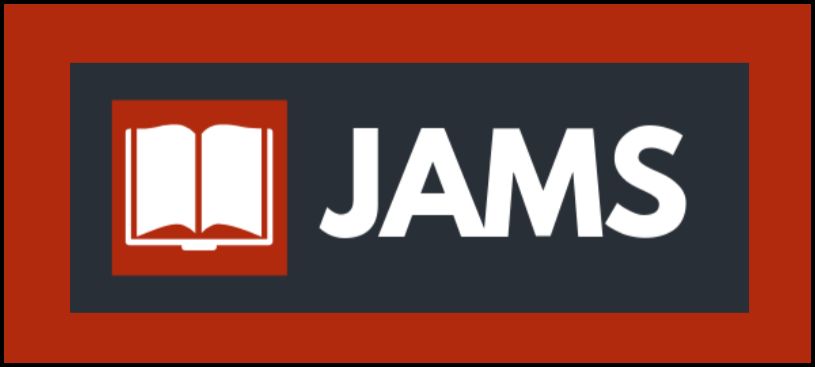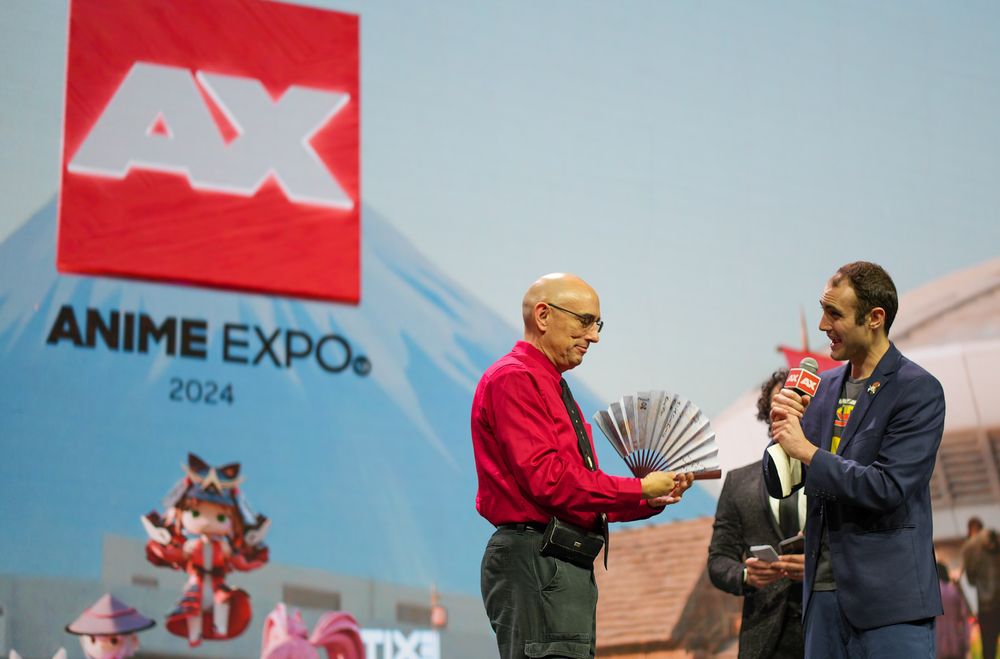🤷
17.10.2025 23:06 — 👍 0 🔁 0 💬 0 📌 0Study of Swords
@studyofswords.bsky.social
I make videos about Japanese visual media, critical theory, and swords. Panelist. Channel updates/uncut cringe.
@studyofswords.bsky.social
I make videos about Japanese visual media, critical theory, and swords. Panelist. Channel updates/uncut cringe.
🤷
17.10.2025 23:06 — 👍 0 🔁 0 💬 0 📌 0Most excellent.
20.06.2025 20:40 — 👍 0 🔁 0 💬 0 📌 0Extreme Evoboost but I put DiC Sailor Moon music on it
20.06.2025 20:37 — 👍 3 🔁 2 💬 1 📌 0
Excellent video by Pause and Select about the interplay between development and mediated spaces. Give it a watch!
youtu.be/o4y_j329Y_Y?...

If you're going to be attending AN this year, come by and say hi!
18.05.2025 23:43 — 👍 3 🔁 1 💬 0 📌 0It's helpful to understand his framework, but it's been deleterious for popular approaches to the study of mythology because it sucks up all the oxygen. There's not enough public interest/scholarly need to supplant it with something better.
Mercifully, not the case with media studies.
That's the power of influence and reach, his sheer presence in how story (and by proxy popular media) is understood at the popular level necessitates that a wide swath of creatives will have been exposed to that framework and incorporated it into their own work. So it has utility in and of itself
09.05.2025 01:33 — 👍 0 🔁 0 💬 1 📌 0That, and he nevertheless was able to pierce the public consciousness by being associated with one of the most popular film franchises on the planet.
09.05.2025 01:15 — 👍 0 🔁 0 💬 1 📌 0The problem with Campbell is that his theories were outmoded before he got around to publishing them.
09.05.2025 01:07 — 👍 0 🔁 0 💬 1 📌 0It's a matter of how TVTropes developed, as a half-baked database tilting towards media theory, but that once alternative frameworks became widely accessible, TVT was already dominant in fan culture, and has stymied the adoption of, frankly, frameworks which offer more analytic utility.
09.05.2025 01:06 — 👍 0 🔁 0 💬 1 📌 0No, no. TVTropes is inherently bad: not only does it represent the absolute worst tendencies of popular media analysis, it's more often than not the reason such poor analysis exists in the first place.
It's to media analysis what The Hero With A Thousand Faces is to the(popular)study of mythology.

Absolutely solid video from lextorais talking about a subject which is a major area of research for me, personally.
Give it a watch!
youtu.be/Ek8uMCg_GbE?...
Italy declaring war on Germany ass move. He should be rotting in the Hague.
18.04.2025 02:58 — 👍 1 🔁 0 💬 0 📌 0I don't think one needs to have a vested interest in something to make a case for it. It just happens that I think you're being unreasonably hostile towards a perfectly fine media form, while equating it with things like "overstimulation videos" instead of treating it like the adaptation it is.
16.04.2025 22:59 — 👍 0 🔁 0 💬 0 📌 0I don't listen to audiobooks, nor do I watch films at 2x speed.
16.04.2025 22:50 — 👍 0 🔁 0 💬 1 📌 0I'm explaining how semiosis works, and in doing so, revealing that your definition of passive and active media makes no sense from the perspective of either media theory or semiotics.
But it's fine, this isn't really getting anywhere.
I'll stop here.
I guess to go back to the active/passive aspect. You can actively and passively listen as well right?
So if someone is listening to an audiobook as ambient noise while attending to some other task, that's quite a different experience than listening attentively to an audiobook by itself.
They all necessarily involve the reader/listener/viewer in the process of decoding the media they are engaging with, which is an active process.
16.04.2025 19:09 — 👍 0 🔁 0 💬 1 📌 0All media involves a "reader" in the process, it's just that books use written text, music/audio uses sounds, and film issues images. Semiosis happens in every case, and one isn't really more or less "active" than the others.
16.04.2025 19:02 — 👍 0 🔁 0 💬 1 📌 0Semiosis occurs with the written word as much as it does with the spoken word; so too for images. Or would you make the case that having this discussion via social media is active, while if we were having it in person would be passive?
16.04.2025 10:09 — 👍 0 🔁 0 💬 1 📌 0You keep saying "passive/active" medium, but the passive/active aspect isn't dependent on the media itself, but in how engaged the audience is with it. A film doesn't become more "active" with the addition of subtitles, so reading alone isn't a sufficiently distinct factor.
16.04.2025 10:09 — 👍 0 🔁 0 💬 1 📌 0Seems like you really just don't like audiobooks and are looking for a way to justify your disdain? I think acknowledging that they are doing something fundamentally different, and aren't intended to be a replacement for books, would temper that disdain? But maybe your hate it too pure?
16.04.2025 04:14 — 👍 2 🔁 0 💬 1 📌 0Audiobooks are able to incorporate elements which are otherwise absent, sound design, soundtrack, etc., which if nothing else adds something to the experience.
There's no benefit to watching a film at 2x
You can appreciate prose read aloud to you, how's that soundtrack going to sound at 2x? Pacing?
Sped up footage also has the feature of already established filmic conventions - commonly used to denote comedic intervals; that's going to fundamentally alter the meaning of the film for the viewer.
Again, it's a different experience, audiobooks as has been mentioned, audiobooks aren't a replacement for the works they're based on, but an adaptation, and usually a fairly literal adaptation at that. I'd trust the summary from the audio book listener more than the 2x viewer.
16.04.2025 00:31 — 👍 3 🔁 0 💬 2 📌 0Recitations of novels have been a thing for, well, centuries? Like there are annual gatherings of people who read Moby Dick to an audience? It changes the experience, but it adds new things as well.
Trying to digest everything a production incorporates into a film at 2x seems far more deleterious.
Aren't most fiction audiobooks like one person radio plays? I'm not sure how that would be a worse experience of the source material than watching a film at 2x speed?
15.04.2025 22:24 — 👍 3 🔁 0 💬 1 📌 0This is only true if you focus exclusively on what was filtered through the OVA boom which, as it was primarily marketed by English distributors, towards young adults and older teens, leaned into the ultraviolent/hypersexual.
This ignores the mass of anime which simply weren't localized.


Do you study #anime, #manga, #cosplay, or their fandoms?
The Call for Papers for JAMS Volume 6 is LIVE!
call-for-papers.sas.upenn.edu/cfp/2025/01/...
JAMS is full #open-access, and Volume 6 will be published in December 2025!